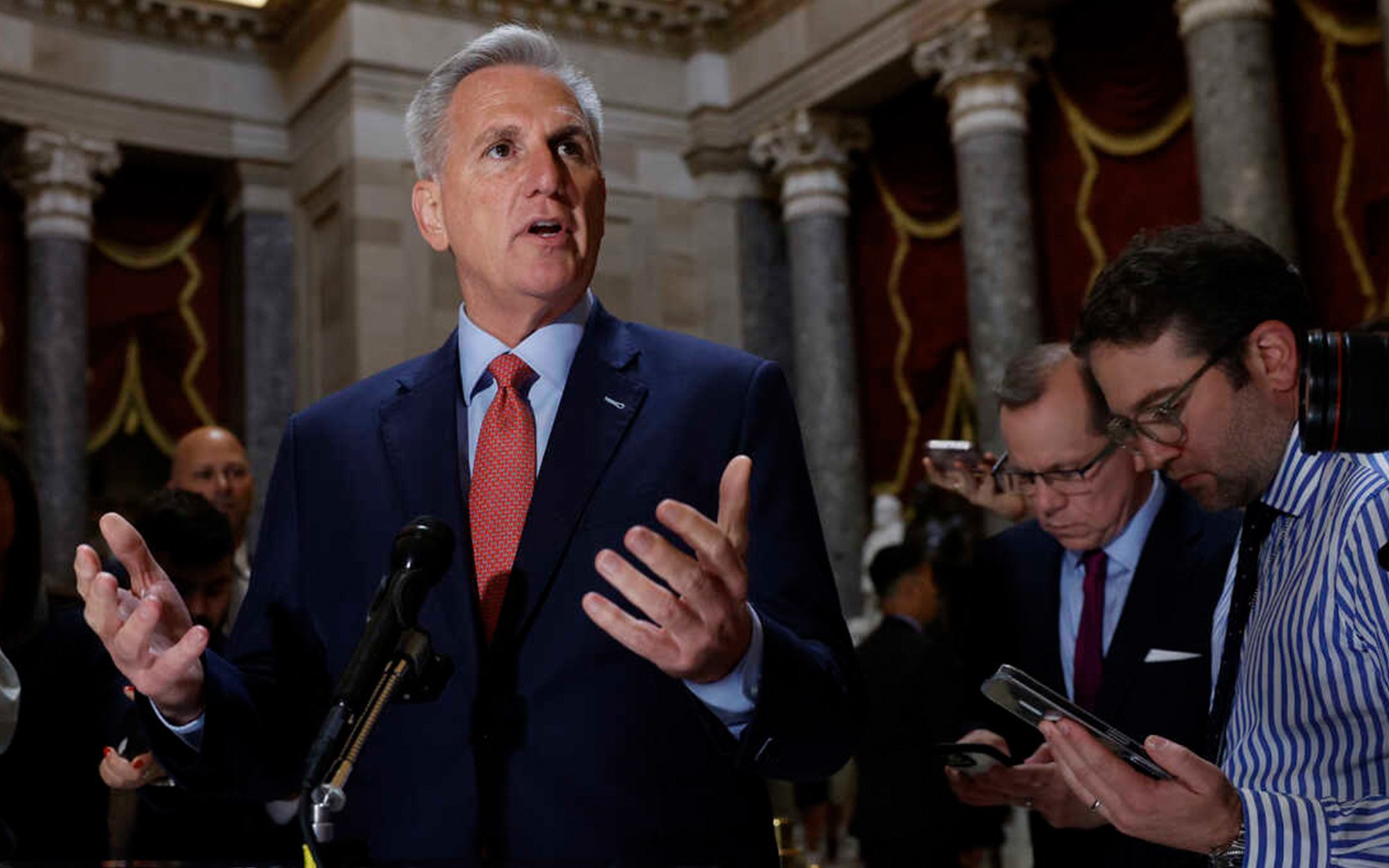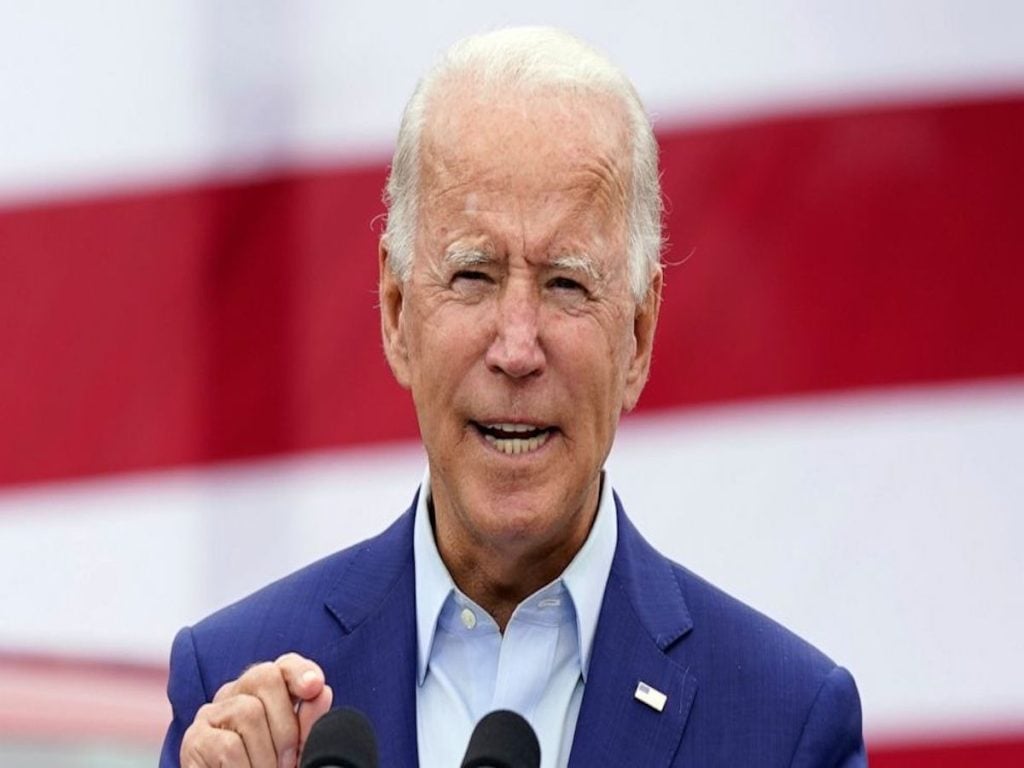The U.S. government’s debt ceiling is, at its core, a fundamental part of fiscal policy that has profound implications for the nation’s economy and credibility. Essentially, it refers to a legislative limit set by Congress on the total amount of national debt the Federal Government can accrue. In January of this year, the United States hit this ceiling, sparking a new wave of political and financial debates, given the ramifications of a potential default.
The debt ceiling, first instituted in 1917, has undergone numerous increases over the years. Its primary purpose is to impose a form of fiscal responsibility, aiming to prevent runaway spending. However, it often becomes a focal point for political disputes, with debates over raising the ceiling raising important questions about the nature and extent of public spending.
This year, as the U.S. bumped against the debt ceiling, the Treasury Department turned to what it refers to as “extraordinary measures” to prevent the nation from defaulting on its obligations. These measures are a series of cash and budget management techniques that can temporarily extend the Treasury’s capacity to pay the country’s bills in full and on time after the debt limit is reached.
These include, but are not limited to, suspending the sale of non-marketable debt, redeeming existing, or issuing new debt, and suspending the reinvestment of the Government Securities Investment Fund. While these measures give the government a temporary reprieve, they are, by definition, extraordinary and not sustainable in the long run. They are also not solutions to the root problem: the need for Congress to agree on raising the debt ceiling.
The impasse over the debt ceiling carries serious ramifications. Should the United States default on its debt, the nation’s credit rating could suffer a severe blow, causing borrowing costs to skyrocket and casting a pall over the economy. On a broader scale, a U.S. default could send shockwaves through global financial markets, given the foundational role of U.S. Treasury securities in the global financial system.
Despite these risks, the debate over the debt ceiling is often used as political leverage. Lawmakers may hold off on approving an increase until they secure concessions on unrelated issues, such as spending cuts or policy changes. However, this brinkmanship strategy is fraught with risk. It undermines confidence in the U.S. government’s willingness to meet its financial obligations and risks the economic stability of the nation.
The debt ceiling situation also poses questions about the utility of the limit itself. Critics argue that it creates unnecessary crises and uncertainties, given that the spending leading to debt has already been approved by Congress through the annual budget process. Rather than fostering fiscal responsibility, they contend, the debt ceiling debate distracts from substantive discussions about the country’s fiscal policy and long-term debt management.
In conclusion, the current U.S. debt ceiling situation is a complex issue, entangled in political disputes and fiscal policy. It’s a precarious dance between economic necessity and political posturing. The reliance on “extraordinary measures” underscores the severity of the situation and the urgent need for Congress to reconcile its differences and find a sustainable solution. While the debt ceiling is an instrument of fiscal restraint, its utility and implementation require a careful reevaluation to ensure that it does not become a stumbling block for economic stability.










